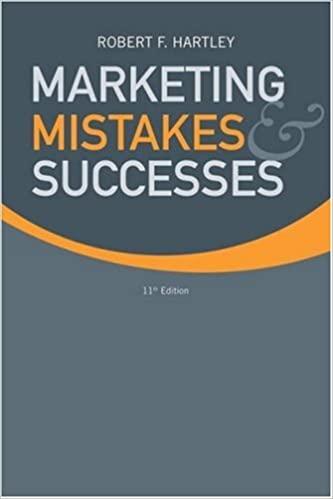(Production functions, inputs are perfect complements) Fine epoxy is used to produce LEDs and other electrical components. To get stable, good qualities (durability, resistance, adhesion)
(Production functions, inputs are perfect complements) Fine epoxy is used to produce LEDs and other electrical components. To get stable, good qualities (durability, resistance, adhesion) epoxy, the epoxy resins (R) are cured ("linked") to hardeners (H) like amines and acids, at the following fixed proportion: to produce 1 unit of final epoxy, we need to cure 2 units of R with 1 unit of H. Let be the quantity of final epoxy produced, (, ).
Then, the production function of epoxy is given by: (, ) = 1 2 min(, ), for some positive numbers and .
a. What is and ?
b. If we want to produce 10 units of the final product epoxy, what would be the least amount needed of R and H?
c. Does the production function of epoxy exhibit increasing, constant, or decreasing returns to scale? (IRS, CRS, or DRS?)
d. Draw a map of some isoquants of this production function
Assume that the manufacturing of cellular phones is a perfectly competitive industry. The market for cellular phones is described by the following demand function Qd = -25/12p + 9851/12
In addition, this industry consists of 63 identical manufacturers with the following variable cost function VC(q) = 1q^2 + 9q
The industry supply function is of the form Qs = a x P + b
What is "a"?
What is "b"? What is the aggregate equilibrium quantity?
What is the equilibrium price?
What is the production level of each firm in the market?
What are the variable profits of each firm?
In order for this industry to have zero entry in the long run what must the fixed costs be ____
1. A firm has Q* units of production capacity and its marginal cost is given by MC = 20 for Q 2. Two firms, Alpha Mowers and Beta Mowers, sell qA and qB identical lawnmowers (respectively). Market (inverse) demand is p = 150 - Q where Q = qA + qB . Both firms have a constant marginal cost of $30. The equilibrium quantity for each firm is ___ . 3. Firms A and B both produce an identical product, steel. The marginal cost of producing steel is $501/tonne for A and $490/tonne for B. The fixed production costs are zero for both firms. Industry demand is given by Q = 400 - 0.2P. Assume that price must be an integer (e.g., 405, 406, etc). In the Nash-Bertrand equilibrium, profits earned by Firm B is equal to ___. For thirty years, the U.S. government subsidized ethanol directly and indirectly with the goal of replacing 15% of U.S. gasoline use with this biofuel. The explicit ethanol subsidy was eliminated in 2012. (However, as of 2015, the government continued to subsidize corn, the main input, and required that gas stations sell a gasoline-ethanol mix, which greatly increases the demand for ethanol). In 2011, the last year of the ethanol subsidy, the subsidy cost the government $6 billion. A 2010 Rice University study reports that the government spent $4 billion in 2008 to replace about 2% of the U.S gasoline supply with ethanol, at a cost of about $1.95 per gallon on top of the gasoline retail price. The combined ethanol and corn subsidies amounted to about $2.59 per gallon of ethanol. According to a study (McPhail and Babcock, 2012), the supply elasticity of ethanol is about 0.13, and the demand elasticity is about -2.1. a. What was the incidence rate of the ethanol subsidy on purchasers of ethanol? b. Some free marketers argue that subsidies are inefficient. What was the deadweight loss, if any, associated with the ethanol subsidy? c. If the subsidy on ethanol were increased, how will it affect the incidence rate on purchasers relative to sellers of ethanol? How will it affect the deadweight loss? Let's say this product is oat, then help me answer this question : B. Let's say the production of the goods you emulate today became cheaper. (I) display the substitution, income effect, and total effect of the condition in one diagram: (1) if the item is still the normal item, and (2) if the item becomes inferior to you. Compare it and explain. (ii) lower the condition of the normal and inferior item on the question (I) into the two demand curves described in one diagram. Which package demand curve is more elastic? Explain yourself. C. Decide (yourself) your initial items (P0) and the price of your items after production costs have become cheaper (P1). Also specify the number of purchases you have before and after the cost changes in the production (Q0 dan Q1) Calculate the elasticity of the price on your request for the item. Is the cargo request you model an elastic or an elastic in price? Explain and interpret the Numbers you get.
Step by Step Solution
There are 3 Steps involved in it
Step: 1

See step-by-step solutions with expert insights and AI powered tools for academic success
Step: 2

Step: 3

Ace Your Homework with AI
Get the answers you need in no time with our AI-driven, step-by-step assistance
Get Started


